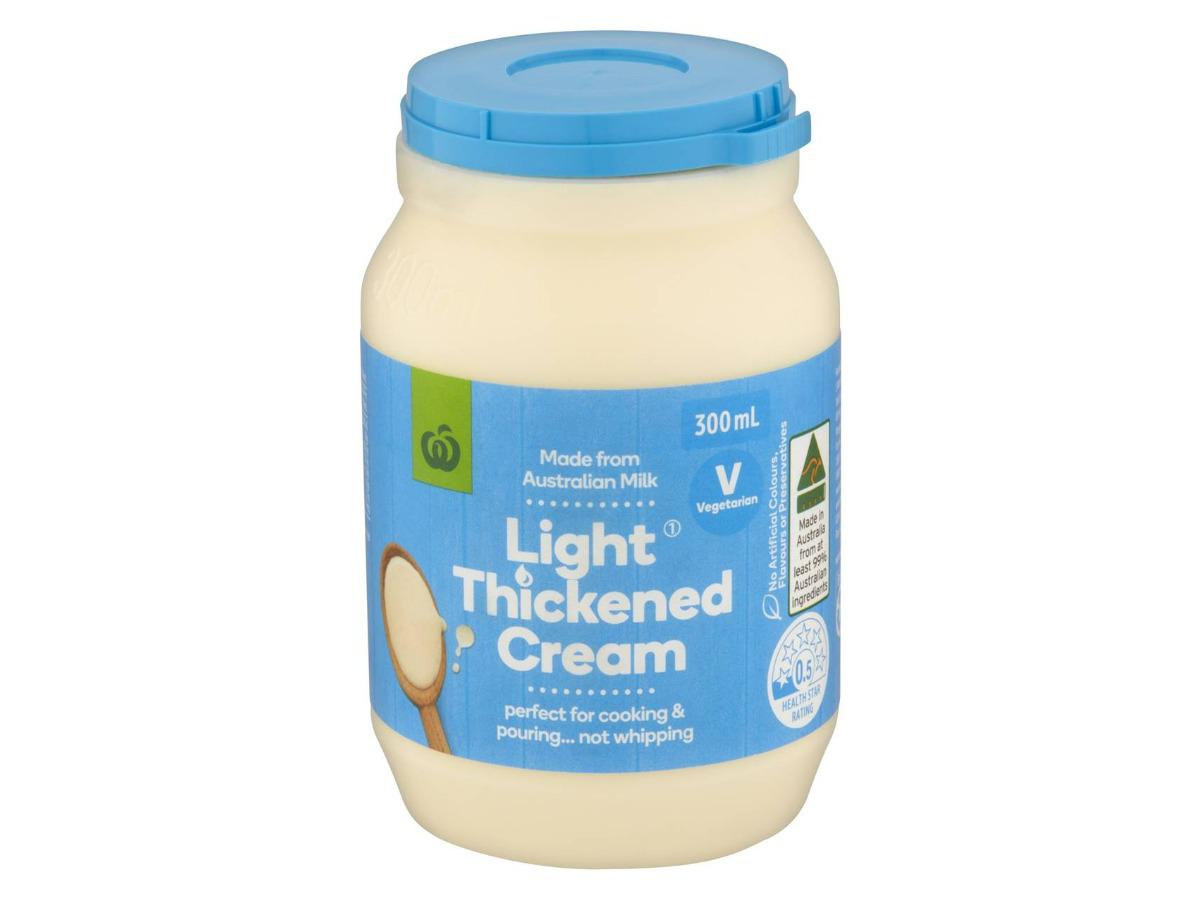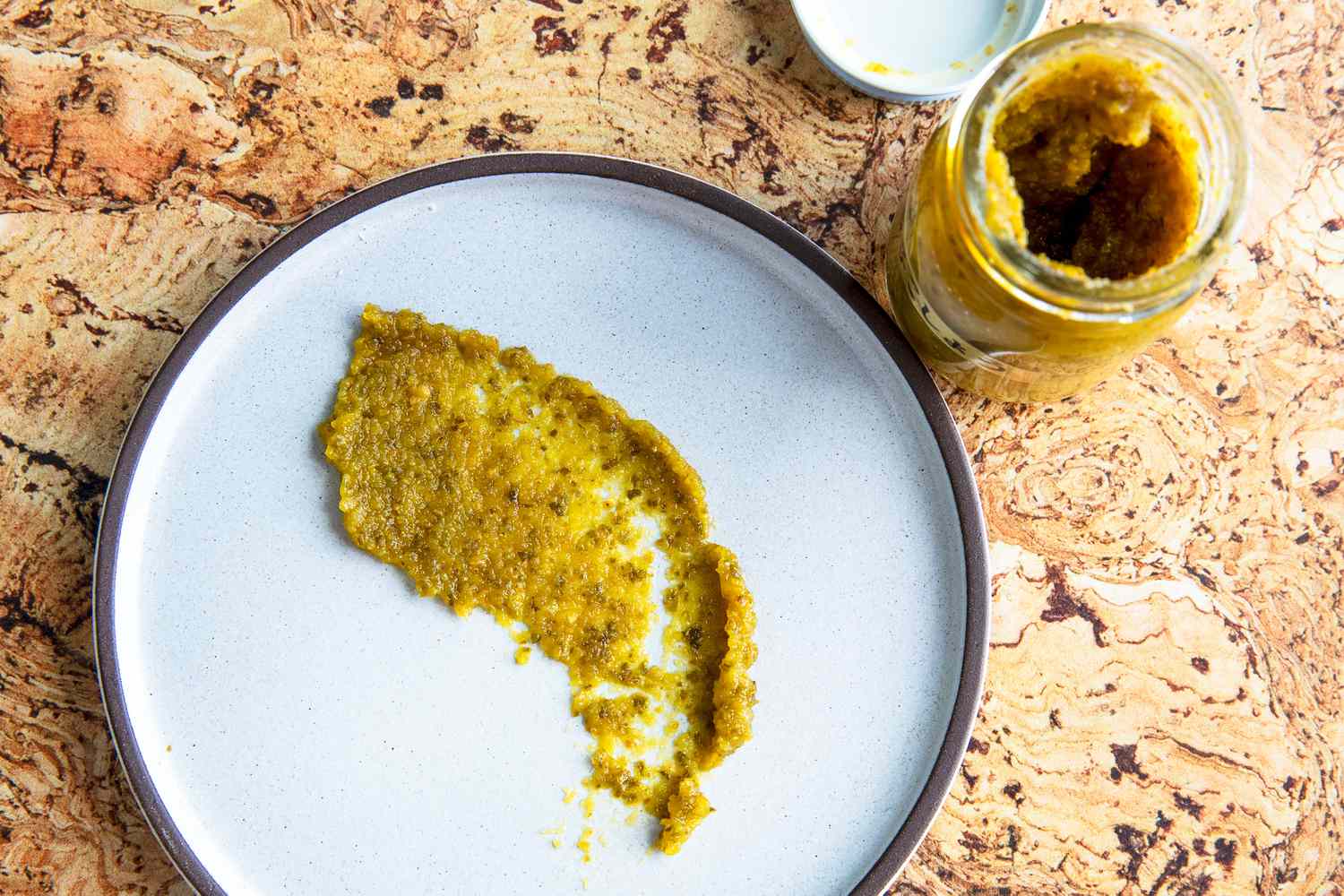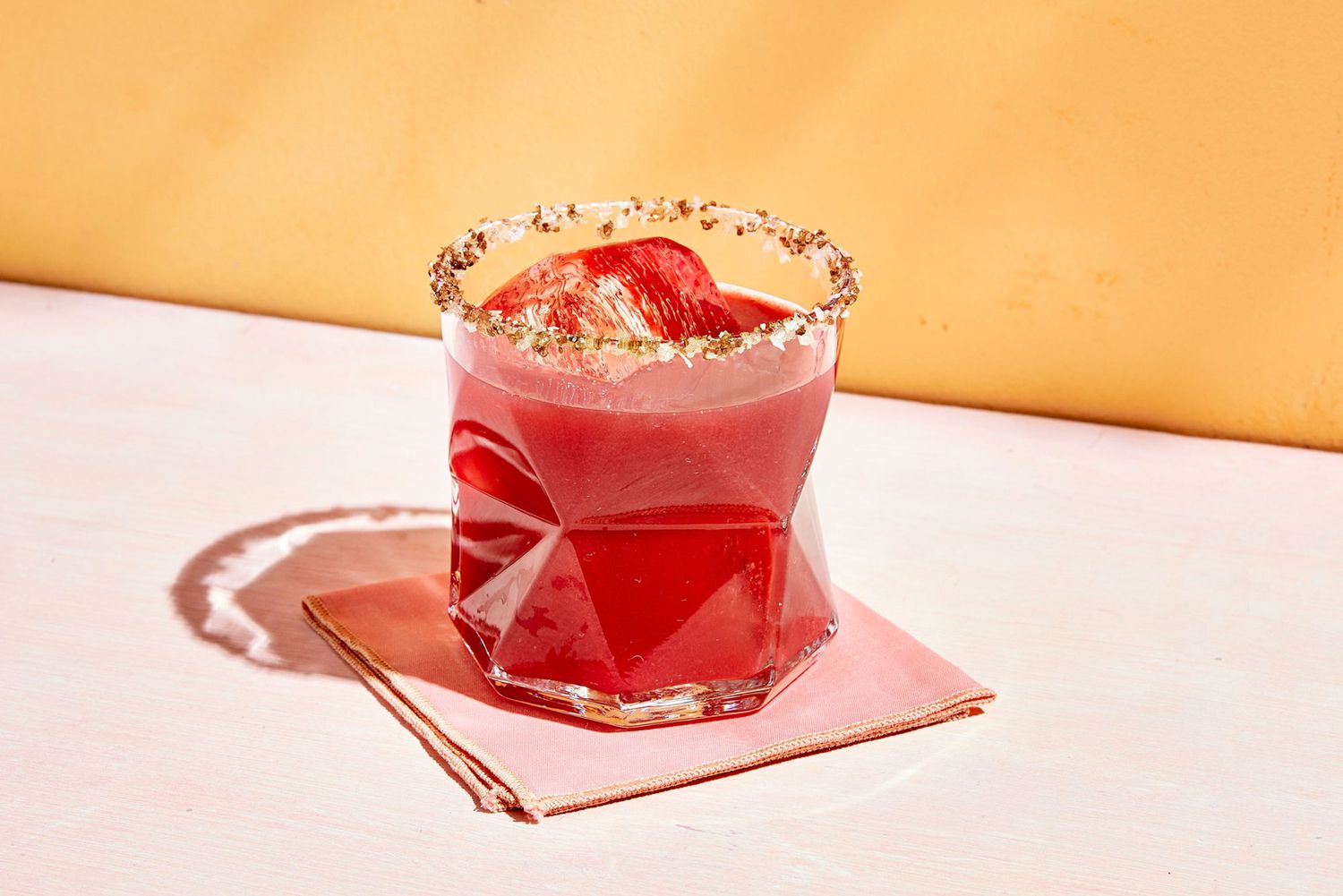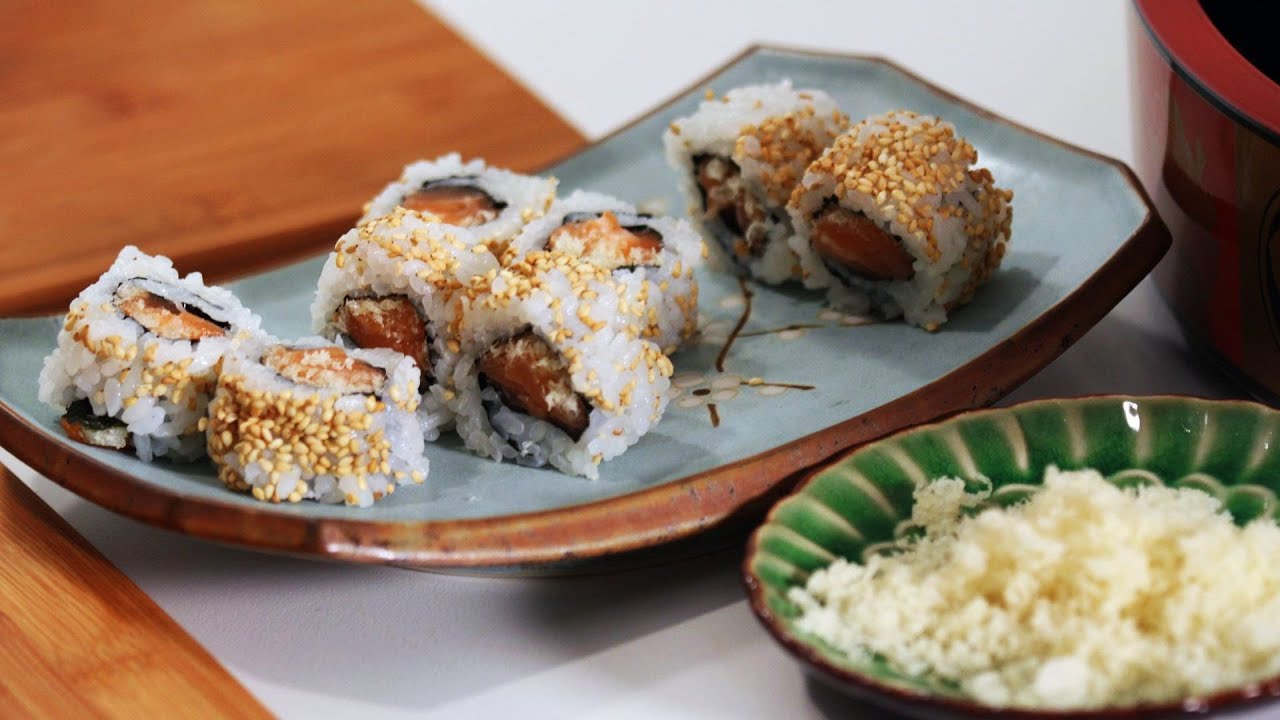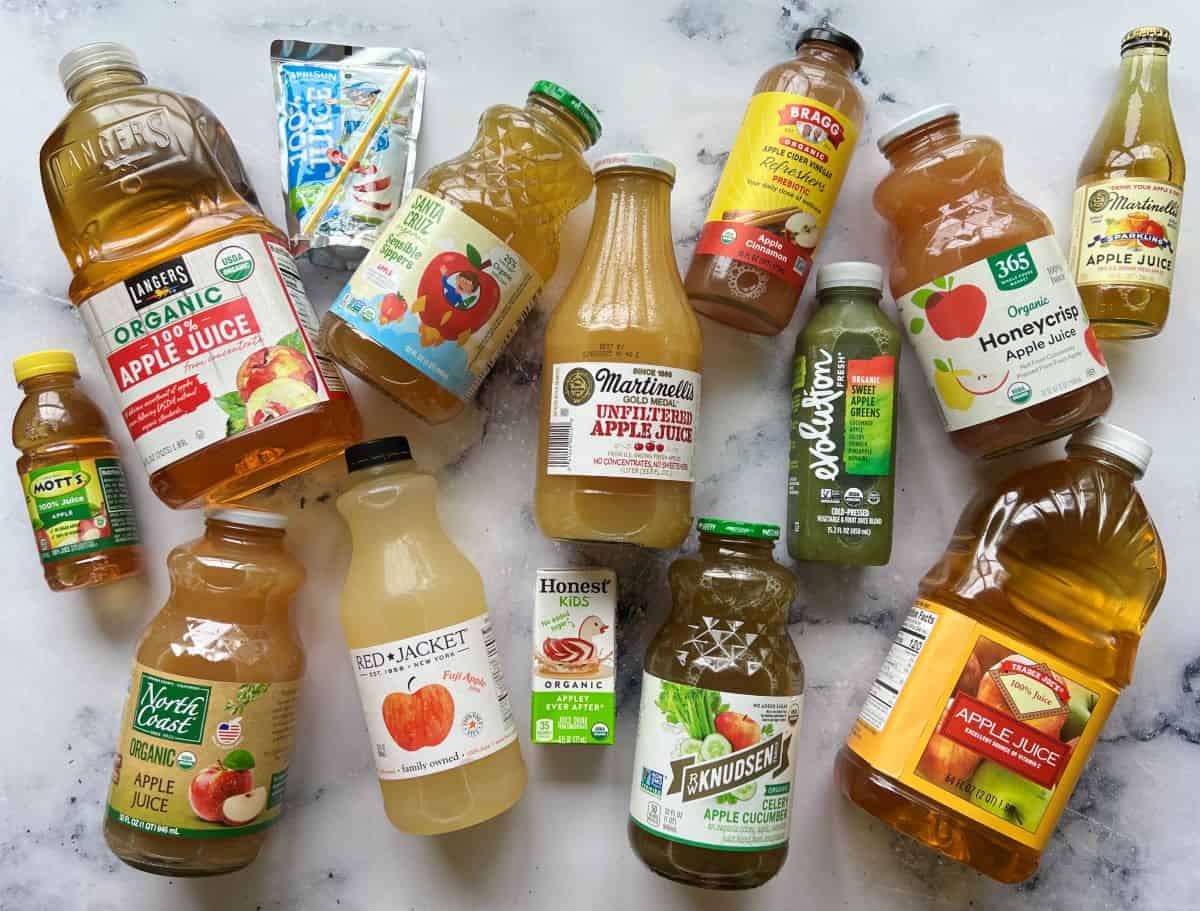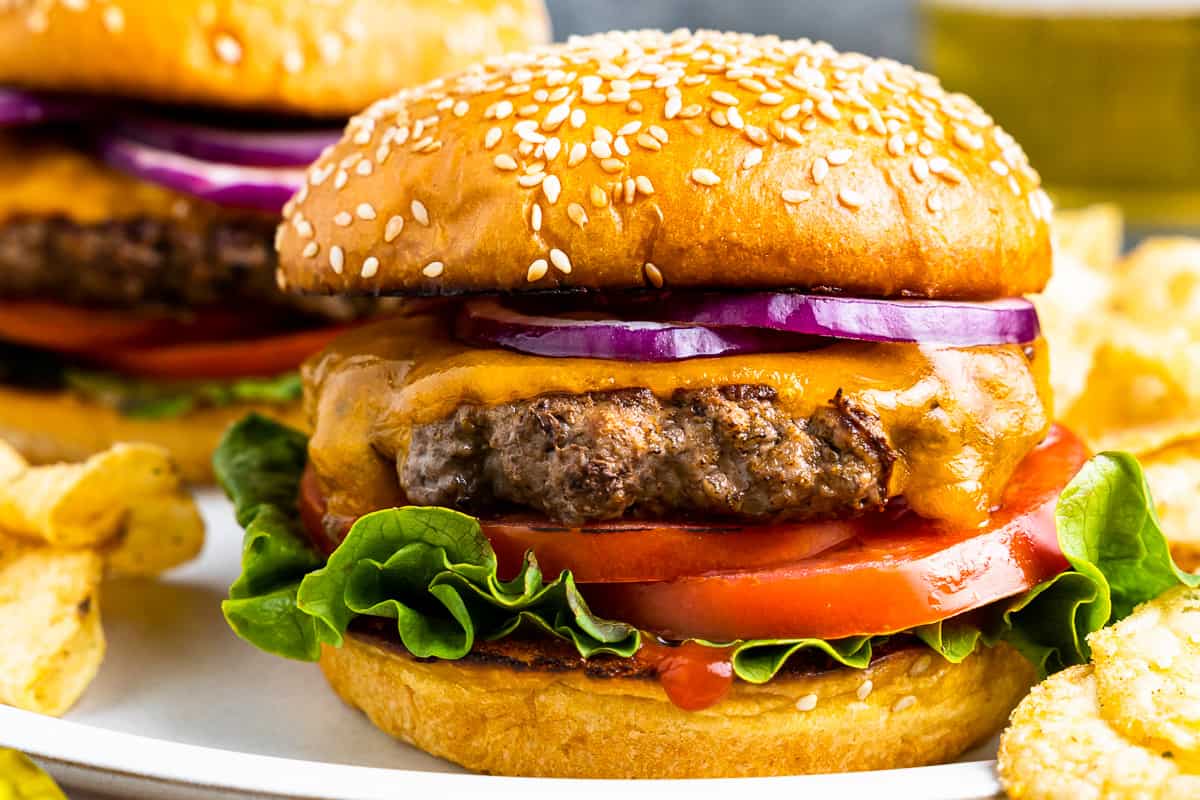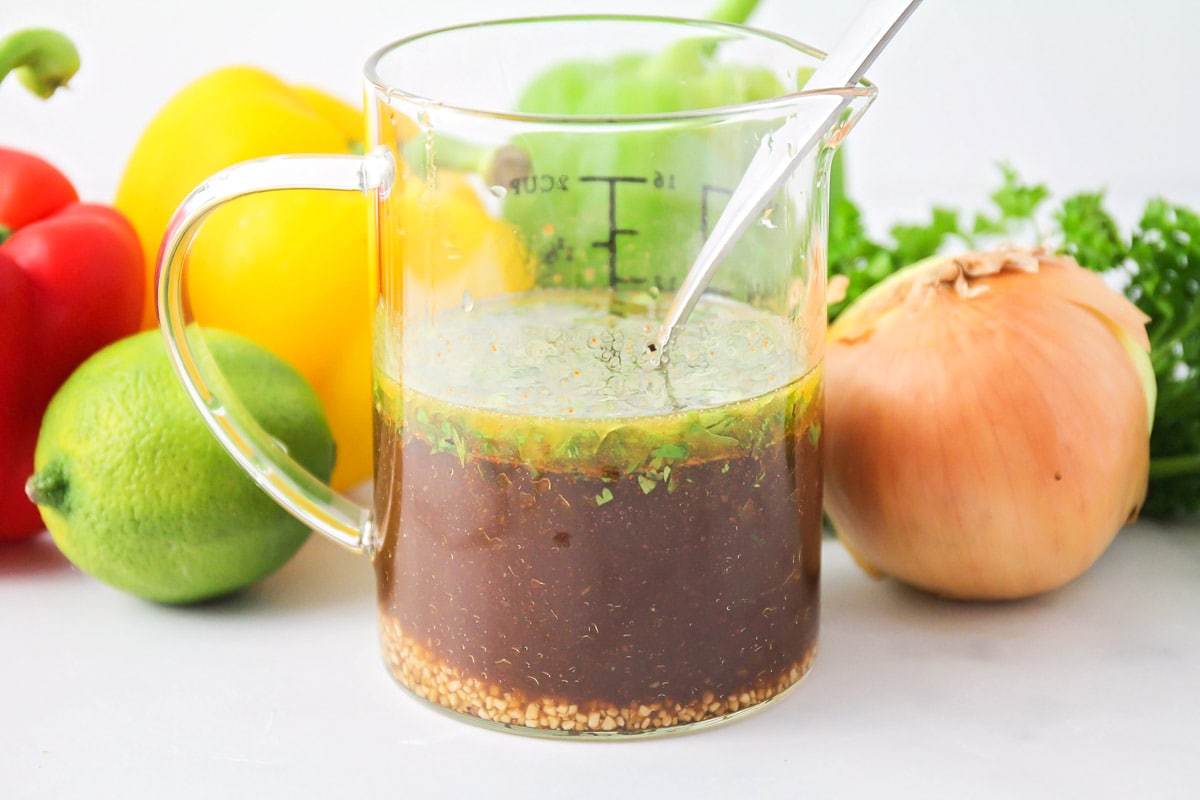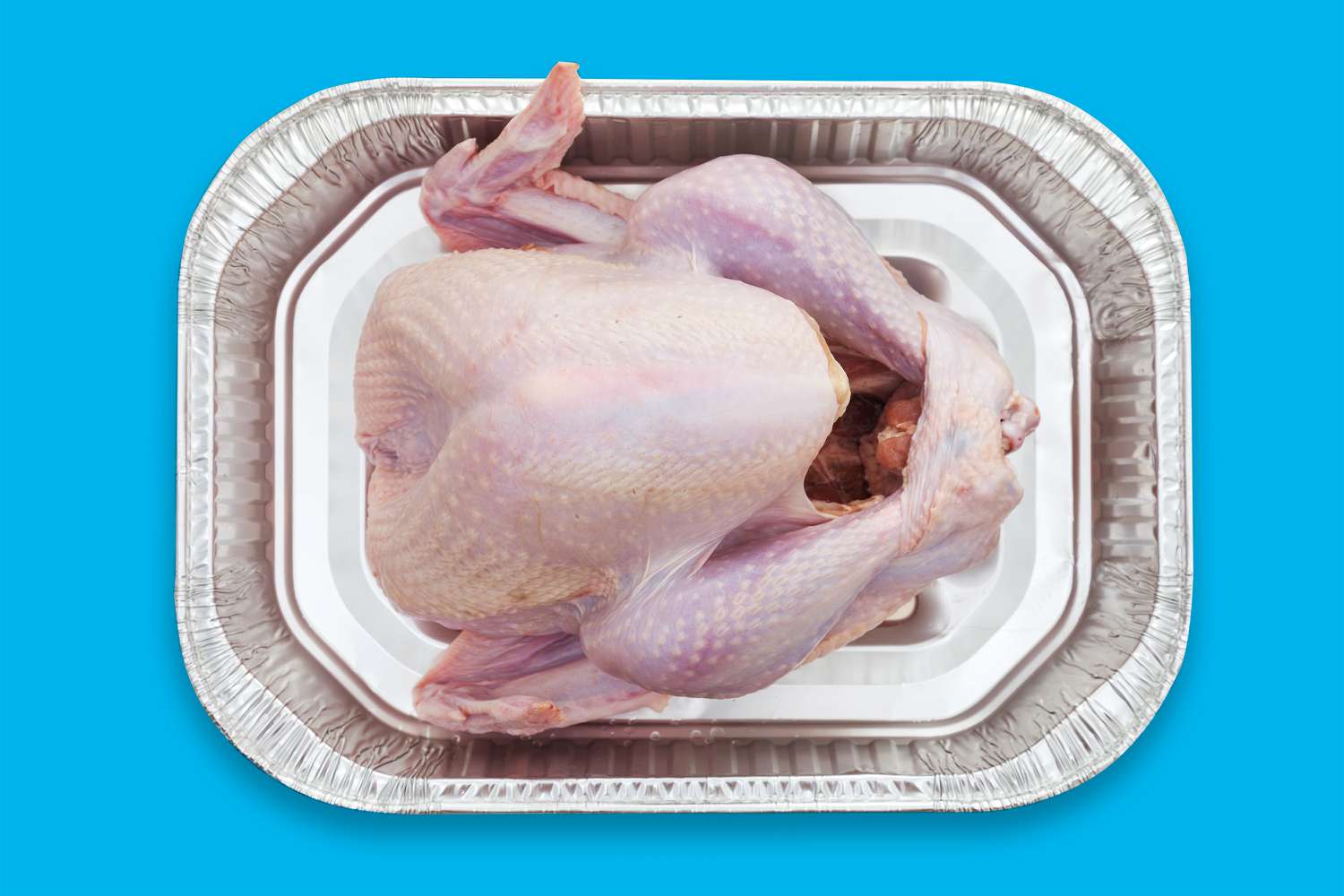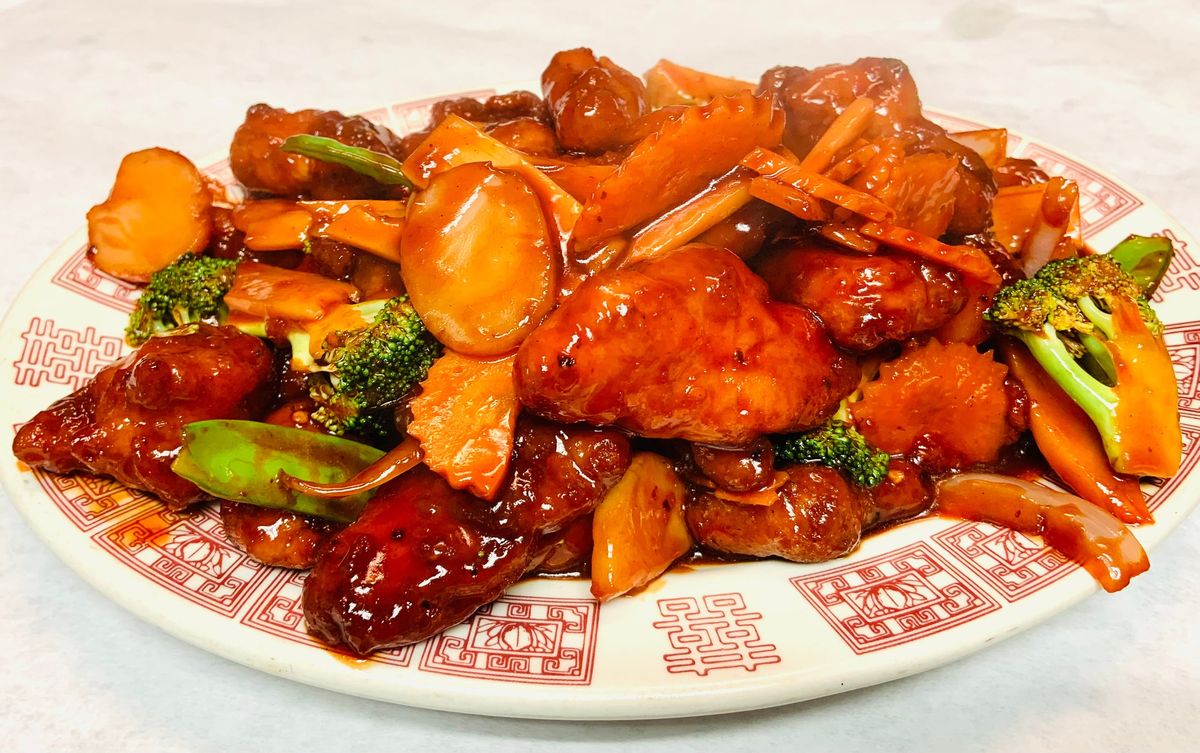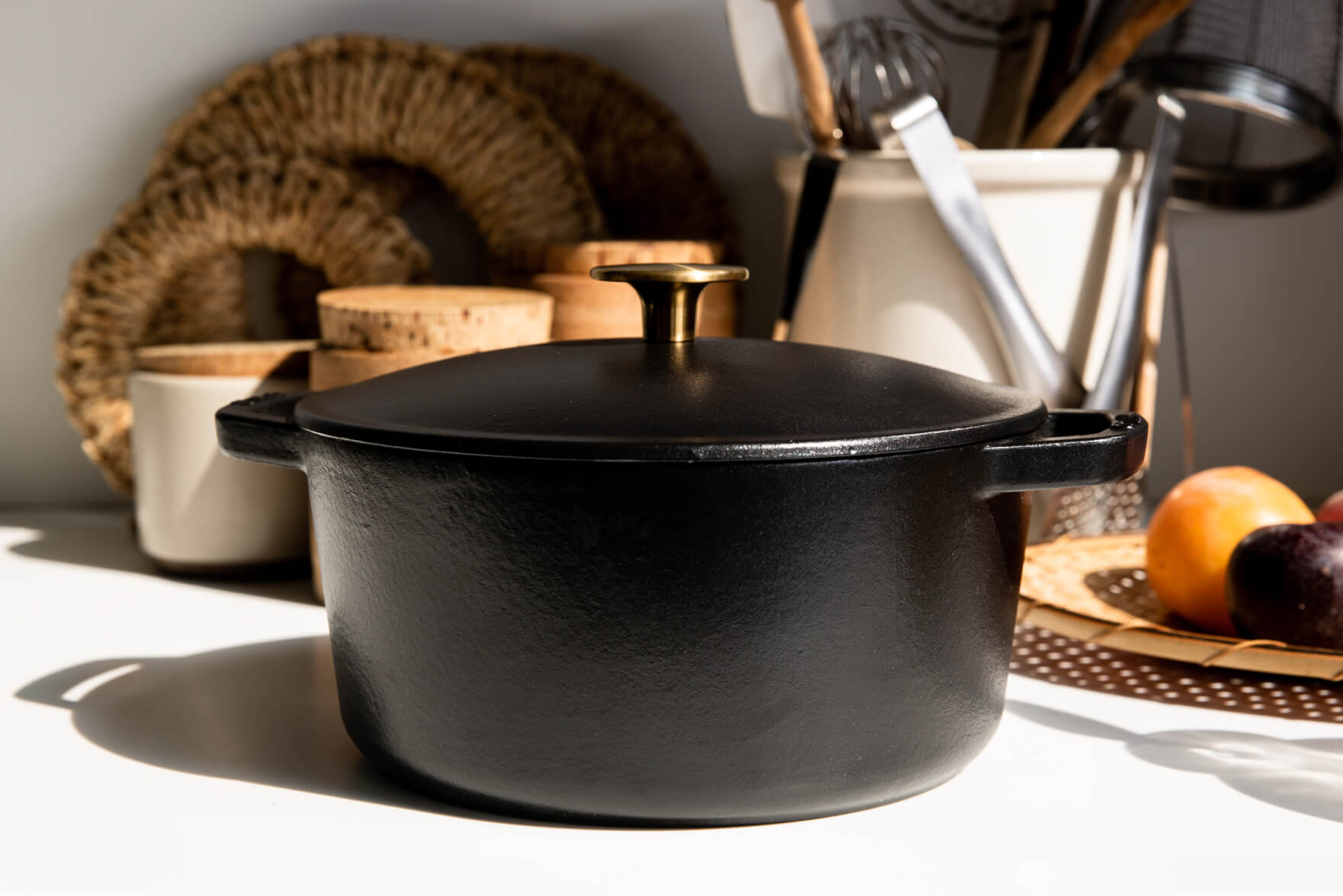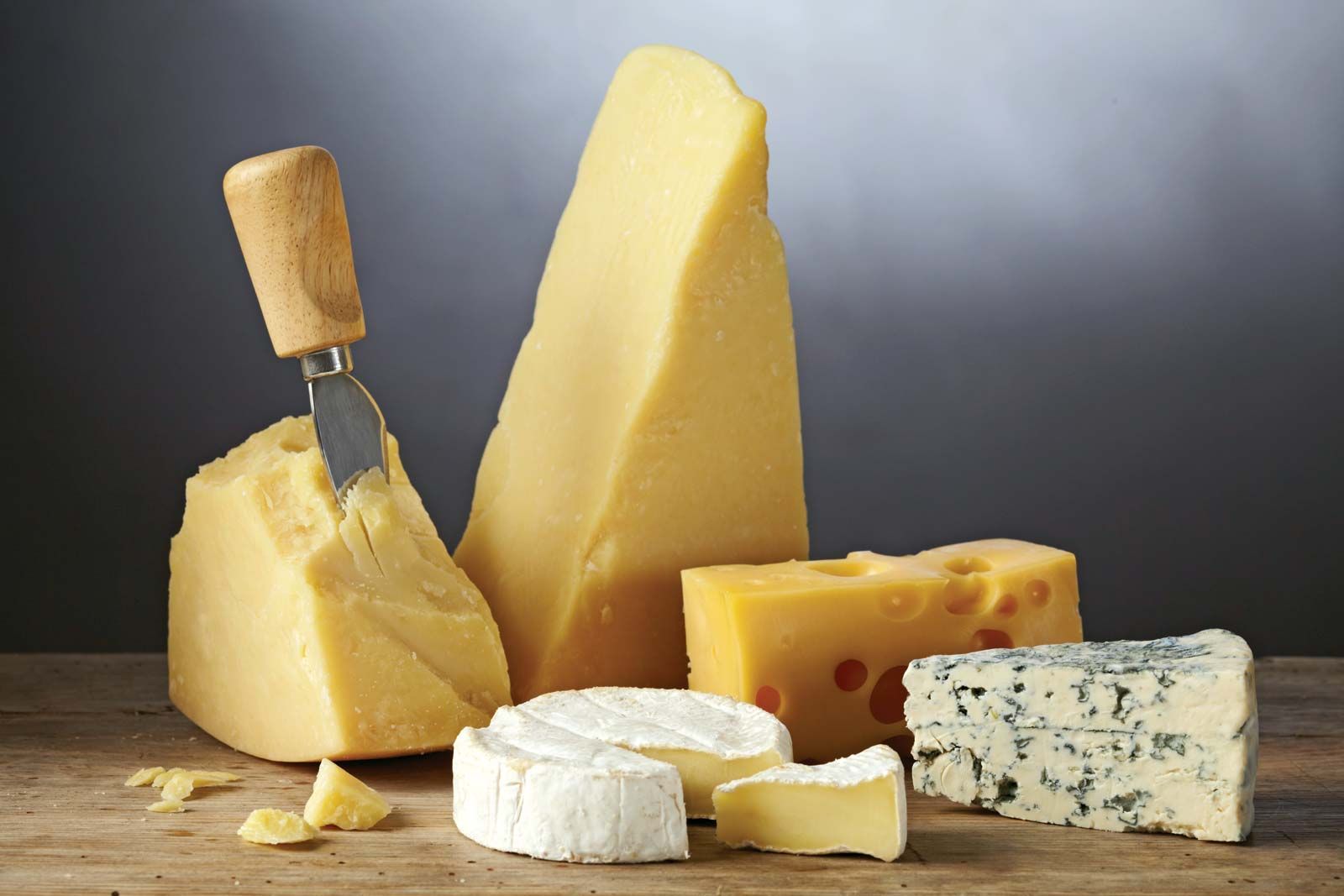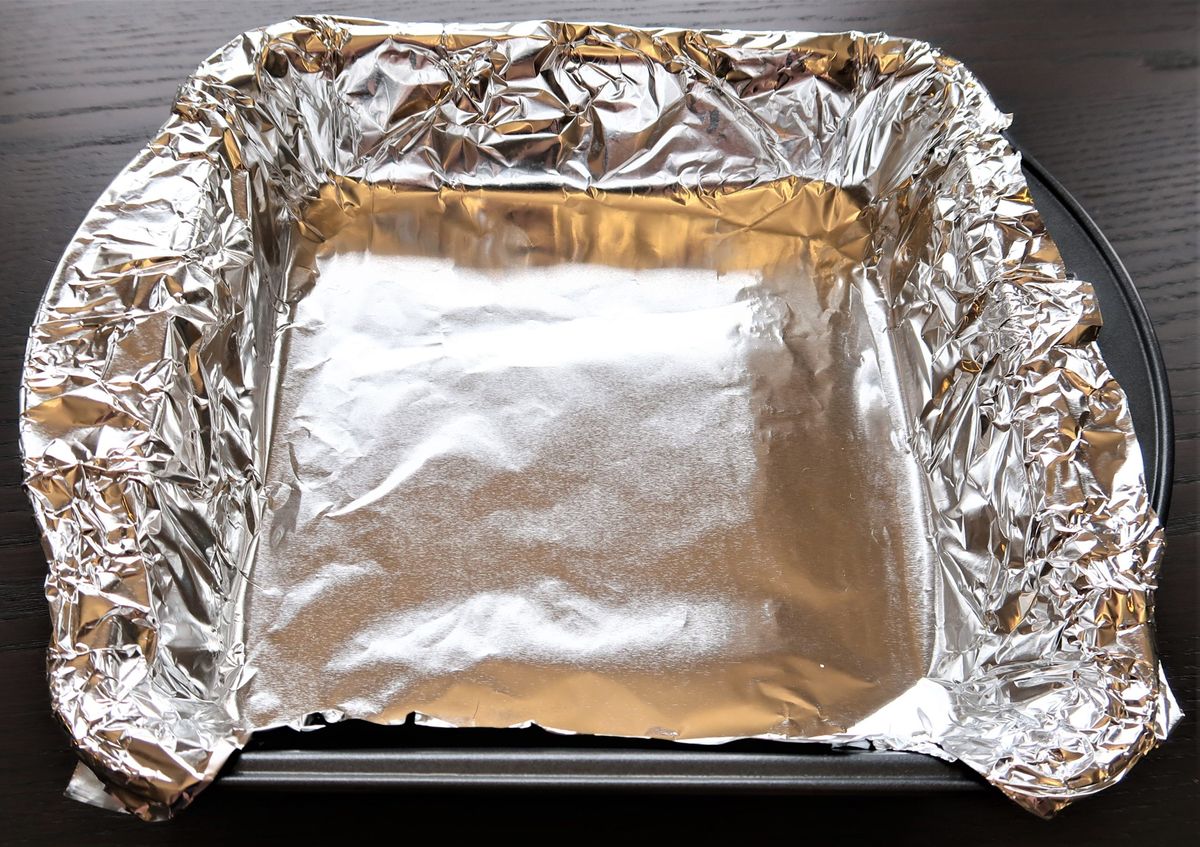Understanding Fluted Pie Crust
When it comes to baking a delicious pie, the crust plays a crucial role in the overall taste and presentation. One popular technique used in pie crust preparation is known as fluting. But what exactly is a fluted pie crust and how does it enhance the pie? Let’s dive into the world of fluted pie crusts and uncover the secrets behind this decorative and functional baking method.
What is Fluted Pie Crust?
A fluted pie crust refers to the decorative edge that is created along the rim of a pie crust. This technique involves pinching or crimping the edges of the crust to create a visually appealing pattern. The fluted edge not only adds an elegant touch to the pie but also serves a practical purpose by sealing the filling inside the crust during baking.
How to Create a Fluted Pie Crust
Creating a fluted pie crust is a simple yet impressive way to elevate the appearance of your homemade pies. Here’s a step-by-step guide to achieving a beautifully fluted edge:
- Roll out the pie dough and place it in the pie dish, allowing the excess dough to hang over the edges.
- Trim the excess dough, leaving about an inch of overhang.
- Tuck the overhanging dough underneath itself, creating a thicker edge along the rim of the pie.
- Using your fingers, pinch the dough between your thumb and index finger at regular intervals to create a fluted pattern.
- Continue this process around the entire perimeter of the pie crust until you achieve a uniform fluted edge.
The Benefits of Fluting
Aside from its decorative appeal, a fluted pie crust offers several benefits when it comes to baking and serving pies:
- Seals in the Filling: The crimped edges of a fluted pie crust help seal in the filling, preventing it from spilling out during baking.
- Enhances Presentation: The intricate pattern created by fluting adds a touch of elegance to the pie, making it visually appealing.
- Provides Structural Support: The fluted edge adds structural support to the pie, helping it maintain its shape while baking and when sliced for serving.
Fluting Variations
While the traditional fluted edge involves pinching the dough to create a scalloped pattern, there are various other ways to flute a pie crust, allowing for creativity and customization:
- Rope Edge: This technique involves twisting the dough to create a rope-like pattern around the edge of the pie crust.
- Leaf Pattern: By using a small leaf-shaped cutter, you can create a charming leaf pattern along the rim of the pie crust.
- Braided Edge: Braiding thin strips of dough and attaching them to the edge of the crust adds a unique and intricate touch to the pie.
In Conclusion
Fluting a pie crust is a simple yet effective way to take your homemade pies to the next level. Not only does it provide practical benefits such as sealing in the filling and offering structural support, but it also adds a decorative element that enhances the overall presentation of the pie. Whether you opt for a classic fluted edge or experiment with different fluting variations, mastering the art of fluting will undoubtedly elevate your pie-baking skills.
Was this page helpful?
Read Next: What Is Italian Wedding Cake
